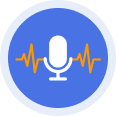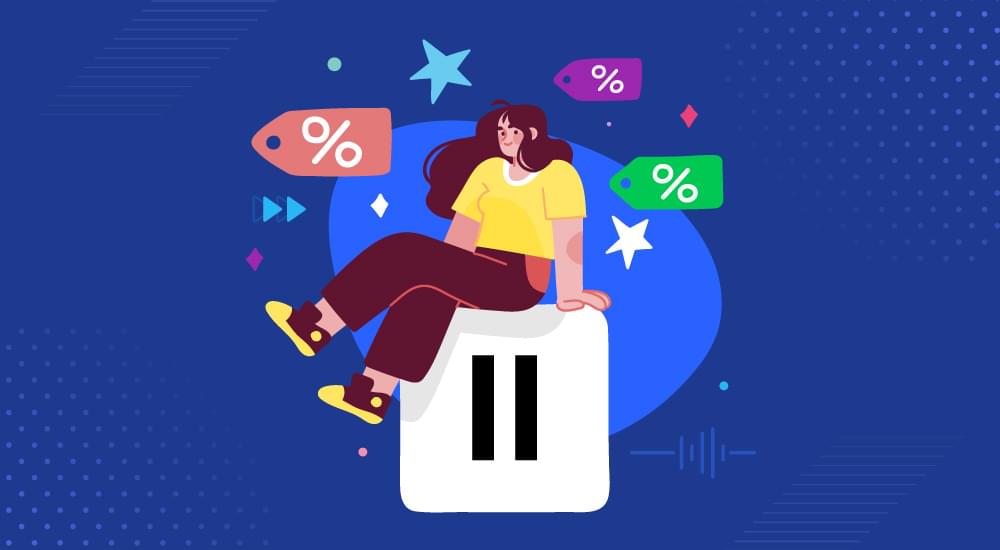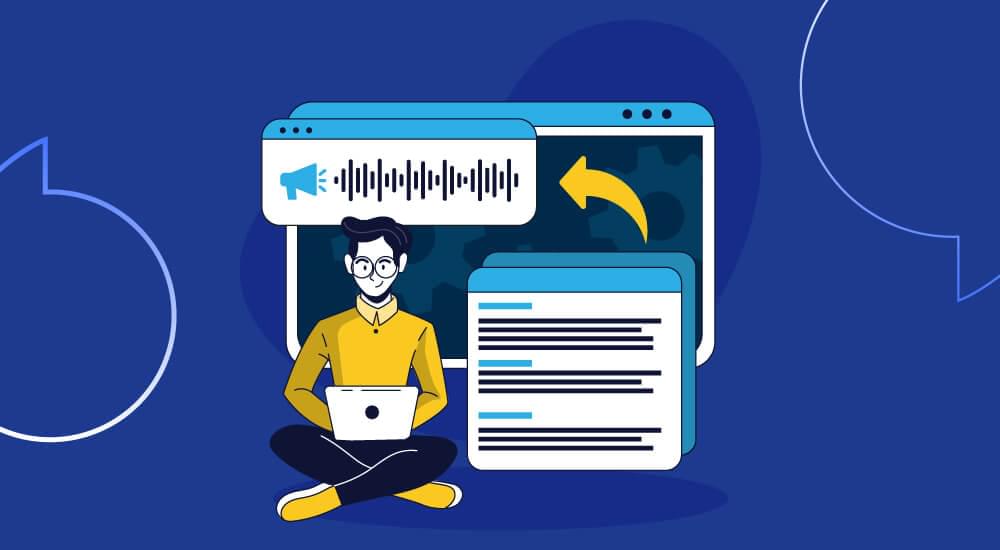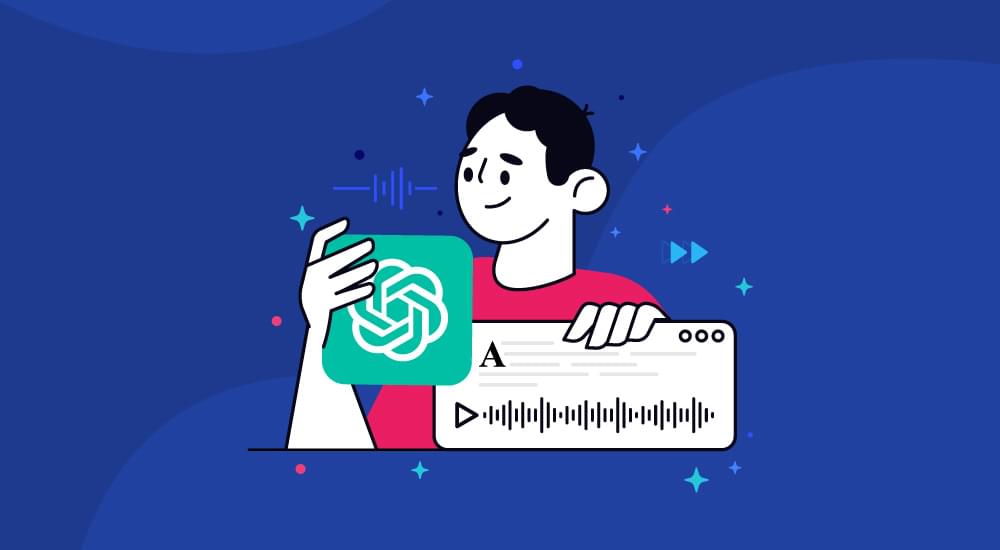text to speech tutorials
Text-to-Speech Importance for Students with Vision Impairments
It is a known fact that education is one of the primary reasons we live in such developed world today. To be even more specific, the curiosity to be educated over culture, technology, human psychology…etc is what led to the development of medical labs, softwares, phones, cars, airplanes…
However, being educated is not as easy as it sounds and this goes back to different factors. Some individuals might’ve not had access to it, others might have been deprived from a decent life opportunity and thus couldn’t afford education. In addition, a reason that is not often highlighted when speaking about education privation is Vision Impairments.
Such problems can be a huge burden on individuals in general, especially on students. They can form constrains while trying to achieve daily activities and prevent students from following up with their instructors at class, and even at home. Fortunately, there are a lot of measures taken to facilitate education on students with vision impairments; text-to-speech tools being one of them.
To have a more in-depth understanding of this matter, throughout this blog post, we’ll discuss the difference between vision impairments and blindness, ways to facilitate education on visually impaired students and the importance of text-to-speech tools in such cases.
What is the difference between Vision Impairments and Blindness?
According to the Industries for the Blind and Visually Impaired (IVBI), a person with visual impairment is diagnosed within one of these four levels:
- Partially sighted: he/she has visual problems in one or both of their eyes.
- Low Vision: the visual acuity of the person is 20/70. This means that, what is seen by an impaired person 20 ft. away from a letter chart (which is used to determine his vision measurement) is seen by a person with regular vision 70 ft apart.
- Legally blind: the vision adheres to the 20/200; (what is seen by a legally blind person 20 ft. away from a letter chart is seen by a regular person 200 ft. away from the same letter chart).
- Total Blindness: refers to the complete loss of sight due to a certain disease or genetic condition.
In all of these cases, regular glasses cannot solve the visual impairment and special strategies should be followed to reduce the impact of the problem.

How to Facilitate Education on Students with Vision Impairments
Nowadays, there is a lot of tools used to assure a healthy and progressive inclusivity of students with vision impairments in schools with the set educational curricula. Such tools can either be:
- Vision Enhancing System-Auto focus (VES-AF): this tool is an autofocus telescope that is used when the students has the minimal ability to read letters and words. It is a glasses that acts as a magnifier and adapts the focus to near or far vision all by itself.
- Braille: it is a writing system used by individuals with severe vision impairments and are almost, or completely blind. This system is based on teaching individuals the alphabet through raised dots and through the sense of touch. The person touches the dots in order to memorize the shapes of each specific alphabet. In this way, they are capable of reading any sentence or text written in the braille form.
Earlier in the days, students were required to enroll in specialized institutions that will teach them the braille language and continue their education there. However, there has been an increasing focus, and effort placed on integrating the braille writing systems with regular schools in order to include students with visual problems and continue their education there. Trained teachers can follow up with any additional needs students with visual impairments might need throughout their whole educational period.
- The most important tool, especially with our technologically demanding world, is Text-to-Speech tools, one of them being WebsiteVoice.

Why Is Text-To-Speech Tools Important for Students with Visual Impairments?
To start, text-to-speech tools is not only important for students with disabilities, but also for all students. Nowadays, any person with the intent and curiosity to learn something new, educate him/herself on cultures, receive knowledge about different domains…etc should navigate through an endless amount of sources, researches and articles to be able to get the information they desire.
This requires a lot of dedication of time in front of a screen or a book. However, with WebsiteVoice this can be achievable while doing other life chores and activities. Such tool allows the individual to listen to the written content in a customized way that suits their needs and specifications.
The same thing applies on students with visual impairments. Considering that they are young individuals that have the right to be educated on whichever matter they like, it is extremely complicated finding enough content with braille writing, for example, over specific topics. In addition, not all libraries have a copy in braille of every book they have, and buying such books can be expensive on some.
This shows the benefit of WebsiteVoice and text-to-speech tools in general. These tools allow students with vision impairment to listen to whoever book they desire or article they’re interested in, without having to copy it, translate it to a braille form or any other language they understand to finally be able to enjoy it.
Another benefit is that text-to-speech tools enhance the students’ self-esteem on the long run. When a student with a particular disability is integrated with other “normal” students, they are required to put multiplied effort in order to keep up and “fit-in”. These tools, gives a short cut for students when it comes to learning and understanding content, which results in saving time, efforts and energy, giving them space to discover and enjoy other “normal” activities and thus enhancing their self-image and self-esteem.
Benefits of Text to Speech Technology for Students
There are studies that show that the reading comprehension is essential for students to develop academic success. However, it can be difficult for some readers to comprehend text in the written form. Text to speech technology offers an alternative way for students of all ages and learning abilities to access a variety of texts with ease. Using it correctly, the text to speech benefits students who struggle with text in written form.
The students who struggle with text reading often experience difficulties when they engage in text-dependent activities such as reading comprehension tests, book reading, course work and many other study activities. Moreover, the students with some sort of disabilities often find it hard to read. It also helps in improving student engagement in online lessons.
Using the this technology, text can be read back to them at a faster pace, text-to-speech software allows students to access text without being able to physically pick up a text or have that text to be physically present for students with learning disabilities and other challenges.
Why WebsiteVoice and No Other?
We developed WebsiteVoice because we believe in equal-life-chances. We believe that every kid has the right to explore any field they want, and it is our duty to use our resources and power to achieve so. We believe that every student should have access to the available tools that will make learning easy and even fun.
We want to present the technology that will facilitate, not only education, but also life on individuals with disabilities. There is something better than seeing someone succeed; it is seeing someone enjoying their success knowing that they were able to conquer the difficulties faced on their way to success. WebsiteVoice wants to celebrate your success and help you achieve it.









